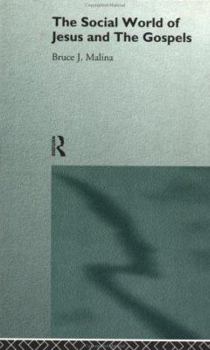The Social World of Jesus and the Gospels
Select Format
Select Condition 
Book Overview
In order to interpret historical writings, the reader must not employ their modern understanding of the world, but must strive to grasp the mindset of the original audience. To assist the twentieth-century New Testament reader in understanding the literal meaning of the New Testament is the goal of this collection of essays. The Social World of Jesus and the Gospels provides the reader with a set of possible scenarios for reading the New Testament: How did first-century persons think about themselves and others? Did they think Jesus was a charismatic leader? Why did they call God 'father'? Were they concerned with their gender roles?
The eight essays in this collection were previously published in books and journals generally not available to many readers. Carefully selected and edited, this collection will be both an introduction and an invaluable source of reference to Bruce Malina's thought.






